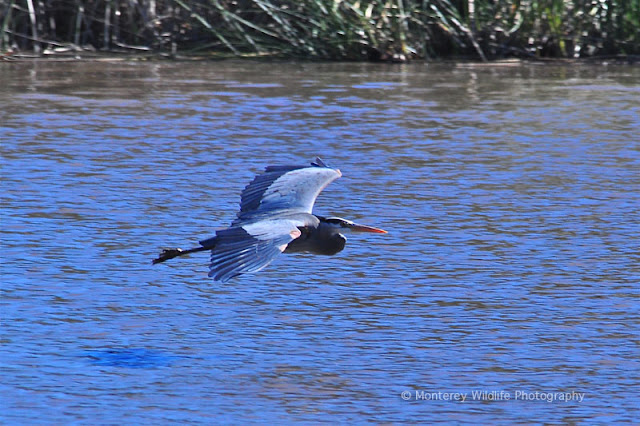The Odello Marsh area offers a range of habitat including dense brush, relatively open recovering marsh area and a secluded pond. We expected to see some nesting activity and perhaps some unusual sightings during our Bird Walk led by local expert Brian Weed. This day we documented with photos the State Flower and the State Bird.
Near the parking area we heard California Quail (the State Bird) in the dense growth and a pair appeared briefly. We were able to get a shot of the male before he was back under cover. This isn't a great shot but it documents our observations. A nice find. For more information on the California Quail check here (Cornell) or here (Wikipedia).
The Audubon Society chose the Valley Quail as an appropriate symbol for the California State Bird and recommended its official adoption to the California Legislature. It was signed into law by Governor James Rolph on June 12, 1931. Info from the State web site.
The Audubon Society chose the Valley Quail as an appropriate symbol for the California State Bird and recommended its official adoption to the California Legislature. It was signed into law by Governor James Rolph on June 12, 1931. Info from the State web site.
Above us this Song Sparrow was singing his song. It's just amazing to hear the sound from this little bird.
This American Robin was also a pleasant sight well above us in the tree-tops. Although very common, there is all the information you will ever need to know about the American Robin here on Wikipedia. It was fascinating to read the detail, finding things I really never knew about our friendly Robin.
We always like to capture some of the plant life and found this Wild Radish in a particularly sunny spot. We read in Wikipedia that this is a non-native, invasive species. It was pretty but maybe not so good to have around us. That information is here.
Nearby we caught a brief look at this Hermit Thrush who posed momentarily and was off. We were fortunate to get this one shot off before he disappeared. Wikipedia has very good information with photos here.
Then nearby we heard a lot of singing in the dense brush and after waiting a while - as the bird watching group had moved on - we spotted this fine example of a Black-headed Grosbeak. He wasn't in the greatest location, but we were able to get a few shots. These next two are the best. The very complete Seattle Audubon information on the Black-headed Grosbeak can be found here.
Also nearby we spotted this bird in a shady location. After processing to recover detail, and a correction from Brian Weed, we now know it is certainly a Chestnut-backed Chickadee not a Mountain Chickadee as I originally thought. We see this fellow has a small grub of some sort in his beak - likely one of the ones that had been eating the leaves nearby - no longer. More information from Cornell Labs about the Chestnut-backed Chickadee can be found here. As we look at the detailed references for the Chestnut-backed and the Mountain Chickadee varieties, the range map should have been a tip-off. The Chestnut-backed range is consistent with the Monterey coastal area. Thanks Brian!
Then on to the Pond where we recorded four different species in the following shot: A mallard drake, a Dowitcher, a Coot and a Killdeer. Not a great shot but it gives an idea of the variety of birds that enjoy the secluded location together. Dowitcher info here.
And below, a Bufflehead pair, with a correction from Brian Weed on their breeding area. The range map from the Cornell site shows the summer breeding area well north of here into Canada. We continue to learn from Brian. Thanks! Information from the Cornell Labs site provides excellent Bufflehead information here.
And as a finale, a California Poppy, one of the few we saw but we expect the nearby hills to be covered with this color soon. The golden poppy, Eschscholzia, was selected as the official State flower of California by an act of the Legislature on March 2, 1903. Info from the State website.





























